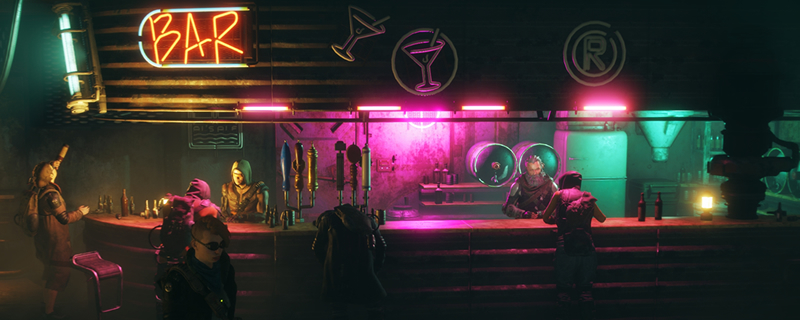RAGE 2 PC Performance Review
Conclusion – Did Bethesda and id Software fix the APEX Engine?Â
Soo, is RAGE 2’s PC version like Just Cause 4? Thankfully it isn’t sporting both performance levels and graphics that are more befitting a modern AAA experience. Issues which plagued Just Cause 4 like the game’s horrible aliasing have also been addressed, making RAGE 2 feel like a very different game on a technical level.Â
Yes, we can still tell that this game runs on APEX, we can see similar levels of object draw-in while running or driving, but what we can say is that RAGE 2 is a generational leap over Just Cause 4 in terms of graphical quality, which is an amazing feat for a game that has released a mere 6 months later.Â
A lot of this progress can be set at the feet of id software, who have co-developed RAGE 2 alongside Avalanche, as the FPS gameplay for this title feels distinctly DOOM, and much of the game’s new visual look feels a lot more like id Tech 6 titles and other APEX engine releases. Regardless, both studios have done a great job getting RAGE 2 to look so polished. The game’s use of lighting is also top-class, with a neon glow illuminating most built-up areas.Â
Â
Graphically there is little to fault with RAGE 2, aside from some nitpicky remarks like how PC could have an “extreme” draw distances option or sharper anti-aliasing techniques, but overall we are very impressed by RAGE 2’s graphical presentation. Â
On the CPU-side, RAGE 2 is very easy to run, so much so that anyone with a powerful quad-core or higher processor will have little difficulty achieving 60 FPS framerates. Sadly, the same cannot be said for the GPU-side of the equation, as RAGE 2 is a very challenging game graphically.Â
One thing that’s worth noting is that RAGE 2 loves Radeon graphics cards and Nvidia’s Turing chips, with both the AMD RX Vega 56 and RTX 2060 maintaining a significant lead over Nvidia’s GTX 1080 throughout our testing. Like many recent id Tech 6 games from Bethesda, an id Software game engine, RAGE 2 can glean the benefits of modern graphics architectures, which gives users of newer graphics cards a clear performance advantage.Â
For 1080p Ultra settings 60 FPS performance, we needed an Nvidia GTX 1080 or Radeon RX Vega 56 or higher, with the alternative being a GTX 1070 or RX 580 with the game’s resolution scaling options enabled and a framerate target of 60FPS.Â
Moving up to 1440p you will need a GPU that’s on par with a GTX 1080 Ti, RTX 2080 or Radeon VII to ensure 60 FPS gameplay, though Nvidia’s RX Vega 56 and RTX 2060 could maintain 60 FPS framerates with the assistance of resolution scaling. At 4K, even the RTX 2080 Ti cannot maintain 60FPS, which means that we will need to wait for next-generation graphics cards before we see this game running at 4K without dynamic resolution scaling.Â
Before launch, we worried about this game. The promise of DOOM-like FPS action and a Mad Max-like open world makes for an exciting combination, but the recent performance of Just Cause 4 left is concerned that RAGE 2 would suffer many of the same issues. As it turns out; we were wrong to think that.Â
RAGE 2 has launched with a solid PC version, great mouse/keyboard controls and incredibly useful graphical features like dynamic resolution scaling. Yes, RAGE 2 is a demanding PC title, but so long as you have a relatively modern graphics card with 3GB or more VRAM, you should be able to run this game without any issues, especially if you are willing to play the game with dynamic resolution scaling enabled.Â
id Software and Avalanche Studios did a great job creating RAGE 2, successfully merging open-world gameplay with the FPS action of DOOM while offering visuals that are top-class in many areas. In all, we are very impressed with what has been achieved here, especially when compared to some of Avalanche’s other recent releases. Â
You can join the discussion on our RAGE 2 PC Performance Analysis on the OC3D Forums.Â



